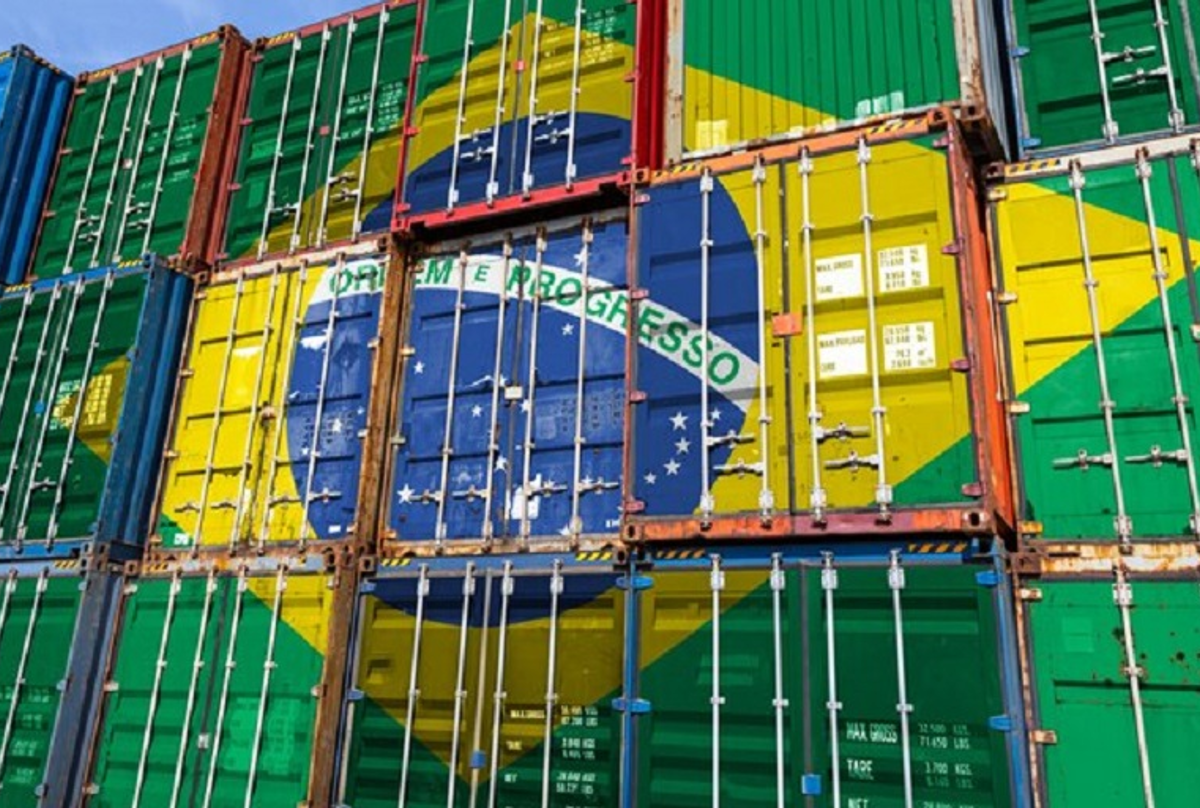Prices

June 3, 2018
U.S Ferrous Scrap Markets Firm for June
Written by John Packard
Steel Market Update ferrous scrap sources expect a sideways to slightly higher domestic market, while the export markets see some pricing pressure.
The following is what one of our scrap and pig iron sources had to say about the domestic market as of this weekend:
“The U.S. scrap market should be characterized as firm for June. There is significant demand except for a couple of mills taking limited outages this month. There are no mills threatening May order cancellations.
“The obsolescent grades like HMS and shredded will most likely trade sideways despite increased flows into dealers’ yards due to the late start of spring cleanup this year. On the other hand, demand for prime grades like busheling and #1 bundles is strong, especially at the southern-based minis. We are reaching the time of year when production scrap generation starts to decrease as factories plan vacations and retooling. These factors should keep prime scrap very firm throughout the next several months. If you factor in the imposition of Section 232 tariffs, the demand for scrap in the U.S., especially prime, could be acute. For June, its likely for busheling to rise $10-20/GT while other grades remain sideways.
“In the export arena, the Turkish mills have had success in sitting on the European markets and lowering prices for June shipments. This scrap is largely inferior to North American scrap. It’s hard to say how much they have left. The North American exporters have sold very little on the way down and are certainly not selling as the market bottoms out, which is expected. Now that the EU, Canada and Mexico have been hit with tariffs at the same levels as Turkey (except for the pre-existing 8 percent that Turkey pays), Turkish rebar will again be sold into the U.S. This will cause increased scrap demand there, and the U.S. exporters are ready to sell at higher numbers. There has been significant demand for shredded in Latin America from the U.S. over the last two months and this has mitigated the lack of Turkish activity.
“The expectations the U.S. mills had about much lower prices for pig iron have not materialized. There have been bookings for both Russian and Ukrainian cargoes at $405/410 MT CFR over the last two weeks. Brazilian material is scarce since the southern producers are selling domestically and the northern producers are sold out through August, with the last cargo sold at well over $400 MT CFR. The U.S. mills stayed out of the market for too long, so there will be a gap in pig iron cargo arrivals. This will coincide with disruptions at both DRI/HBI plants operating in the U.S. Stay tuned on this eventuality.”
Another SMU source in the Northeast also expects a sideways market, possibly with some slight movement in either direction. “Flows into our yards have been solid, but mills I am speaking to have solid demand in June and for the upcoming months, as well. Prime grades remain stronger than obsoletes and could achieve a slight increase in prices in June. Prime’s relative strength is due to seasonal factors, the DRI and HBI plant outages in June, and weakness in the export market,” he said.
Weakness is Turkey is the only potential downside, he added, which could impact demand in the U.S. Export prices for 80/20 delivered to Turkey are now in the low $330s CIF, though U.S. exporters expect to achieve closer to $340 on the next sales. Shredded prices overseas are trading at a stronger than typical $5 premium to 80/20. “It’s possible that the imposition of 25 percent tariffs on European, Canadian and Mexican rebar could be a boost to Turkish exporters, who will now be able to compete on a more competitive level against all foreign suppliers to the U.S.,” he said.







